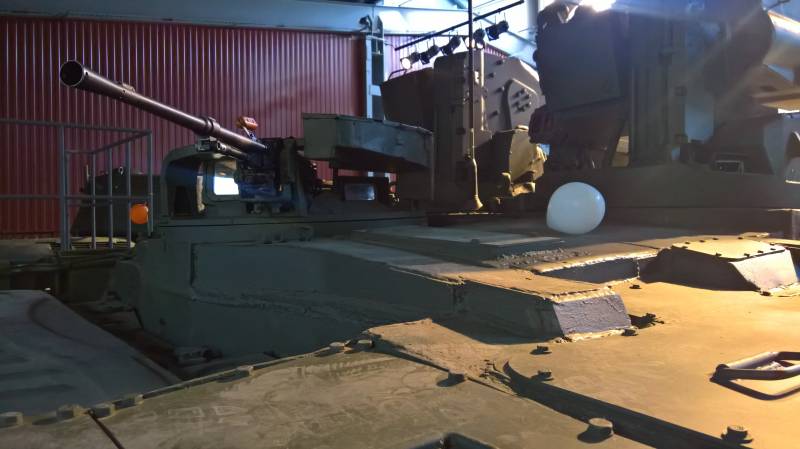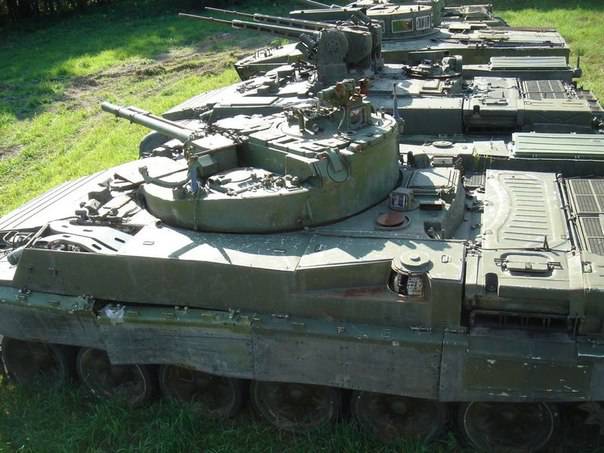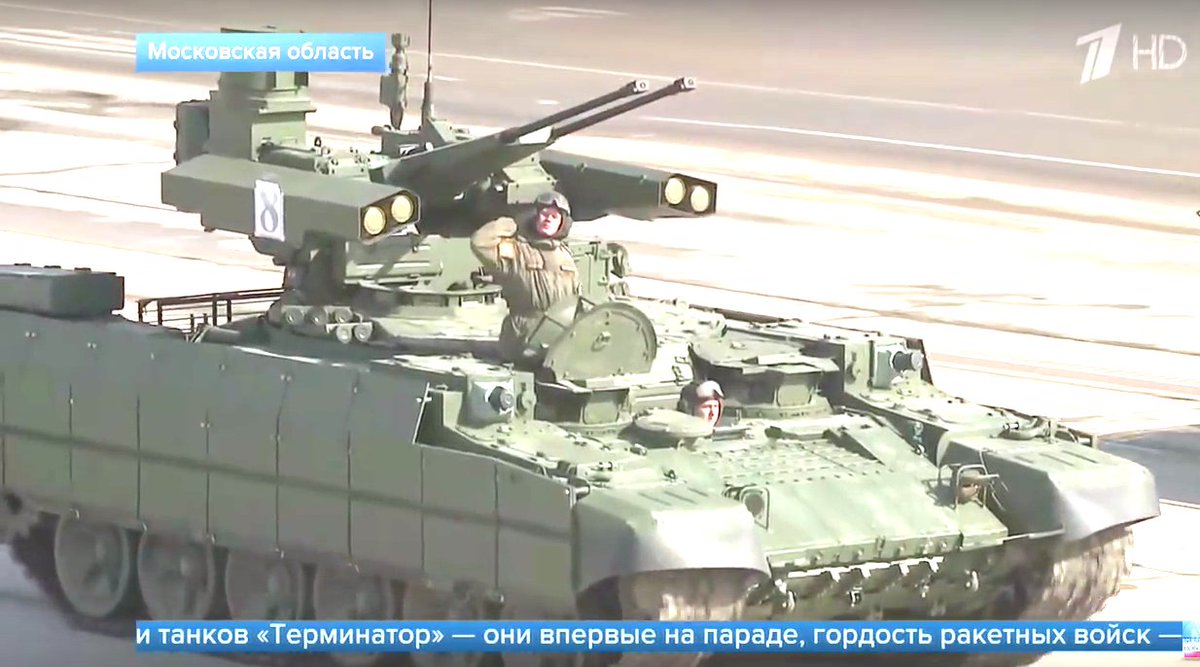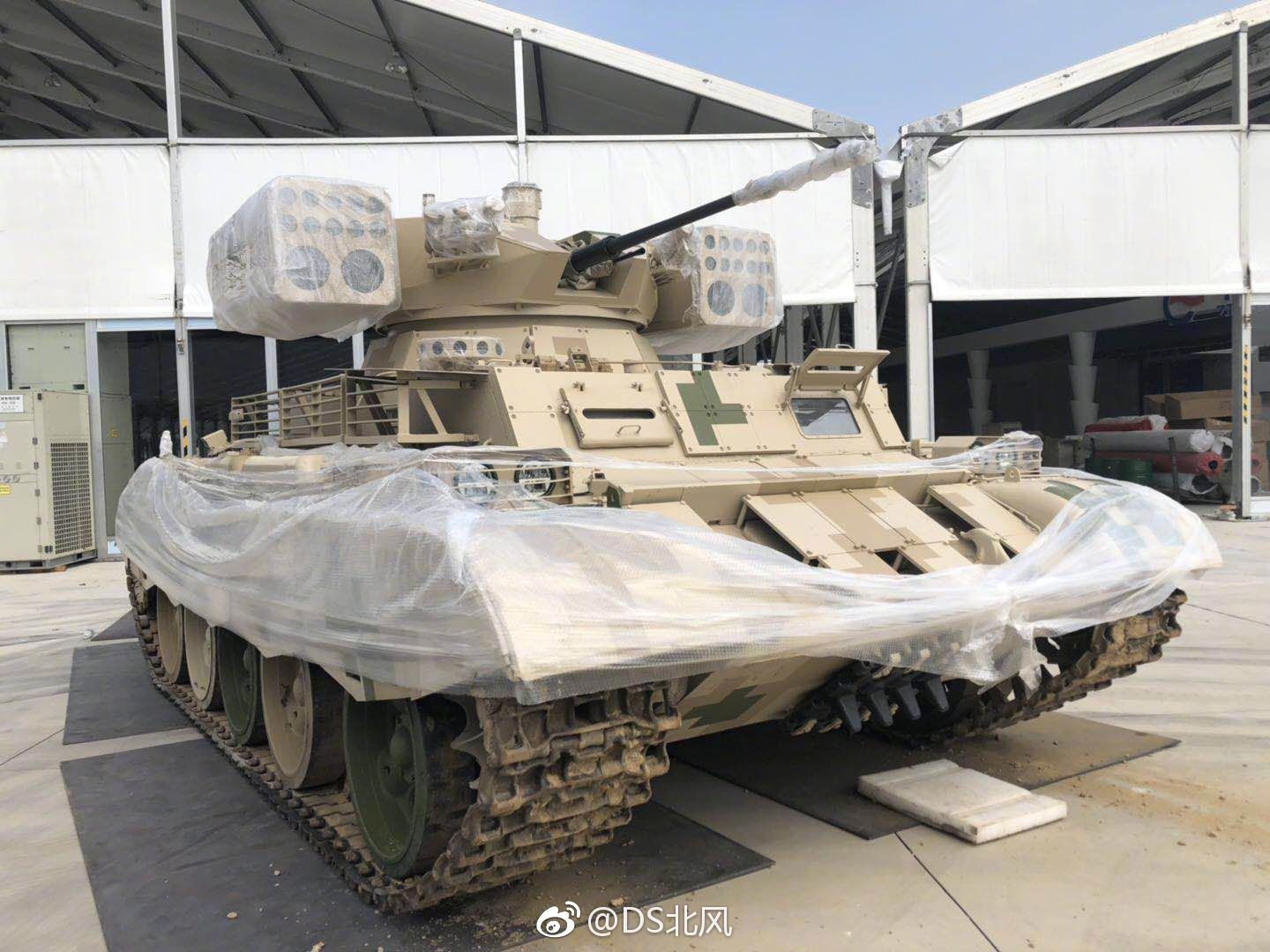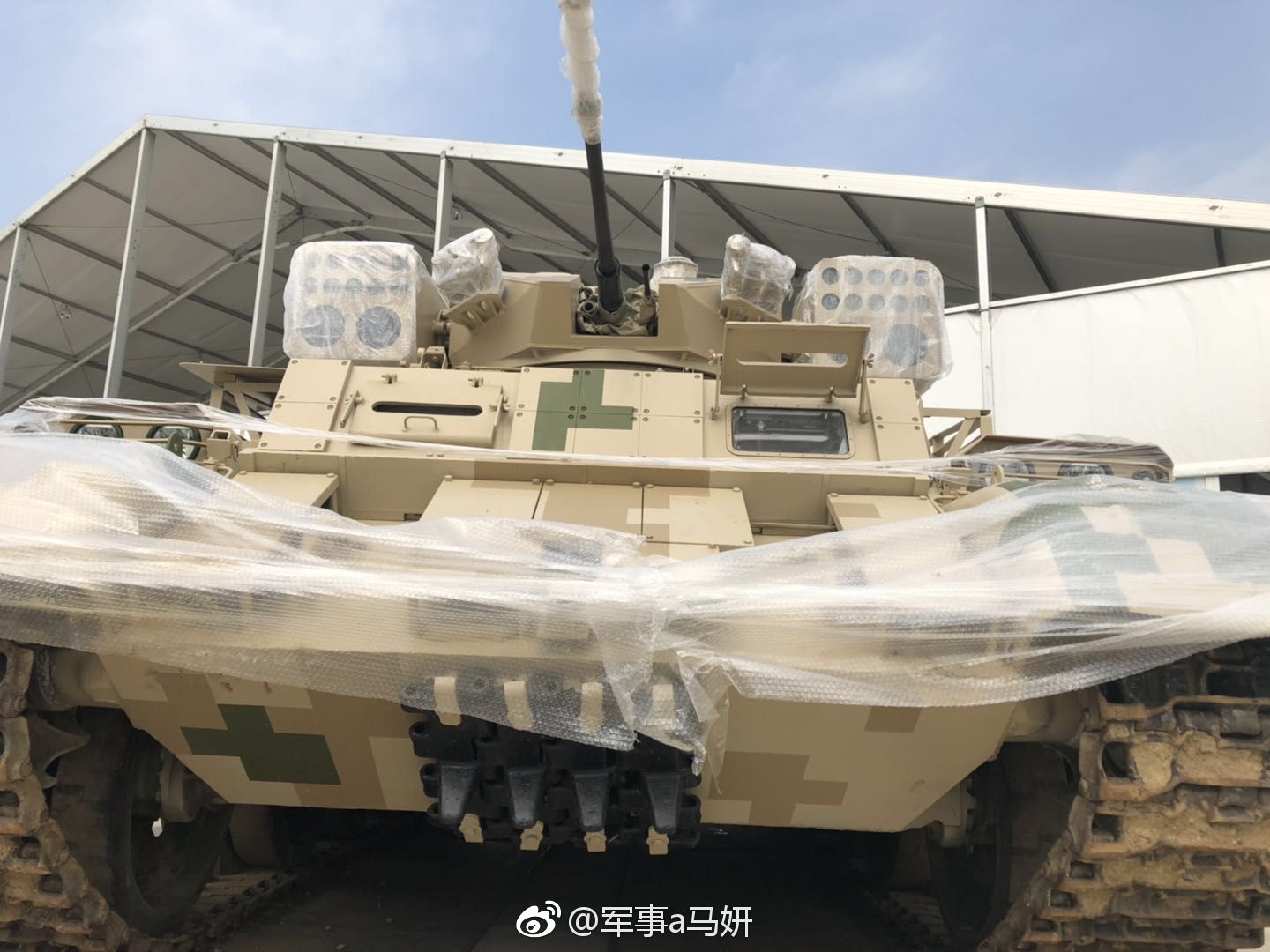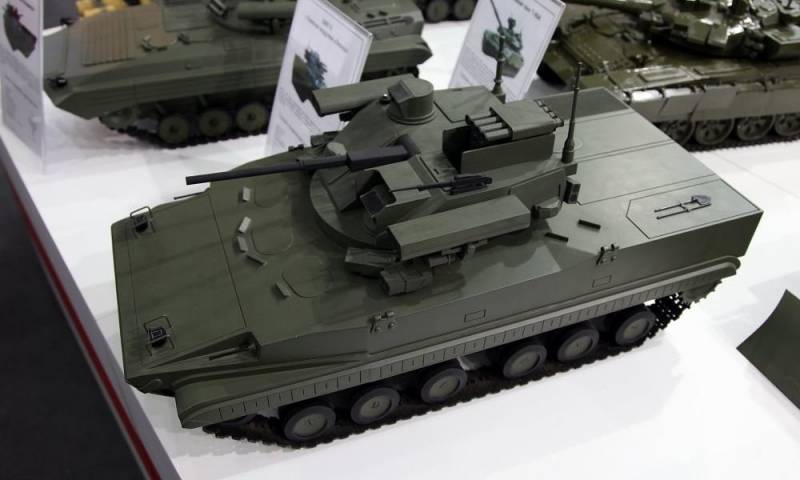I cant help but wonder what could be, if they looked at some of the cannons in use with the Air Force. IMHO there is much potential there for such a type of vehicle :
- compact weapons = easier to integrate multiple weapons = engage more threats simultaneously. More suitable for engaging at higher elevations also due to smaller dimensions.
- high volume of fire = longer combat endurance, better suppression against infantry, more effective against air targets such as UAV's or loitering munitions.
One of the reasons I never believed the western mantra that the Soviets only copied and had no talent of their own... just looking at the performance of their guns... aviation and small arms suggests they really did know what they were doing... it just didn't always meet with western standards... which are mostly screwed up anyway... I hear Americans talk about a lack of accuracy of AKs and look at their demands for accuracy of their assault rifles and then look at videos posted on the internet in Afghanistan... it was the same with artillery and air power... in the Afghan Soviet war the west always derided the Soviets for resorting to air attacks to deal with insurgents that always ended up taking out a village... and then I see high tech NATO doing exactly the same...
Ahh well.
The main problem is that most of those aviation weapons use aircraft designed 30x165mm rounds which are electric fired, while Army rounds in the same calibre 30x165mm use percussion... and changing the ammo to the other type also means altering the weapon to the different ammo too.
It can be noted that high rate of fire weapons, though typically fired in bursts, are probably more prone to malfunctions during prolonged usage....
Well documented cases of the 2A7 running out of control in the early air cooled version... but later models with water cooling solved those issues. the first 12.7mm 4 barrel gatling on the Hind also overheated when a full ammo load was fired in one burst but the later model that added 15kgs or so also solved that problem too.
IMHO : If they are going to build many BMPT's, than the vehicle as it is now makes perfect sense. If they are going to use only limited numbers, i feel they could have gone a different path.
On the other hand, with the Armata family around the corner, i don't see that much future for the current BMPT, and it probably does not make much sense to spend a lot of money or complicate logistics on a limited number of vehicles
either.
Exactly... for older forces using T series tanks and BMPs and BTRs, then they do make sense, though pretty shortly I would think a 57mm grenade launcher with a shit load of ammo would be quite devastating enough on its own...
Looking at the image below, it would be logical to develop armement modules which are placed at the location of the ATGM launchers. Probably we will see Kornet Anti tank modules instead of ATAKA
True and equally interesting are the mini ATGMs called Bulat that seem to carry 6 or more missiles per mini retractable missile pod on the new 30mm turrets for APCs/IFVs. The penetration performance is likely reduced and shorter ranges likely the goal for these mini missiles but then accuracy can make up for smaller payloads on the many lighter vehicles around the place.
The Army rejects Air Force weapons, because they are more complex. The YakB-12,7 was quiet unreliabale in Afghanistan. That´s why the Mi-28 and Ka-52 use Army weapons.
Not sure where you heard that... the YakB-12.7 was replaced by the upgraded YakBYu-12.7 because the former overheated firing off a full ammo load in one burst.... it only weighed 45kgs. The latter weapon weighed 65kgs and could fire continuously the entire load of ammo without overheating.
their main problem was that the enemy started firing back with heavier calibres, like 14.5mm and 23mm calibre weapons that outranged the 12.7mm.
They wanted to replace it with a longer ranged weapon and they ended up using a 30mm twin barrel gun scabbed onto the side of the fuselage, but its recoil was enormous so it could not be put into a chin turret where they wanted it.
They wanted a twin barrel 23mm gun in a chin turret but they couldn't get it right for quite some time... it wasn't till the 1990s or so when they got a working 23mm gun in a chin turret on a Hind in service.
Neither the 23mm GSh-23 nor the GSh-30K used on the Hinds were army weapons.
The 2A42 was used on the Mi-28 family and the Ka-50/52 family, and also the Ka-29 in some variants.
It will be interesting to compare combat experience in Syria with the Hind using the 23mm and 30mm, and the Mi-28 using the 30mm ammo.
Note the 23mm rounds in the Hind are very popular in 23mm gunpods in the Russian and Soviet military on fixed wing aircraft, helicopters, and other platforms (including patrol aircraft like the An-72P)




